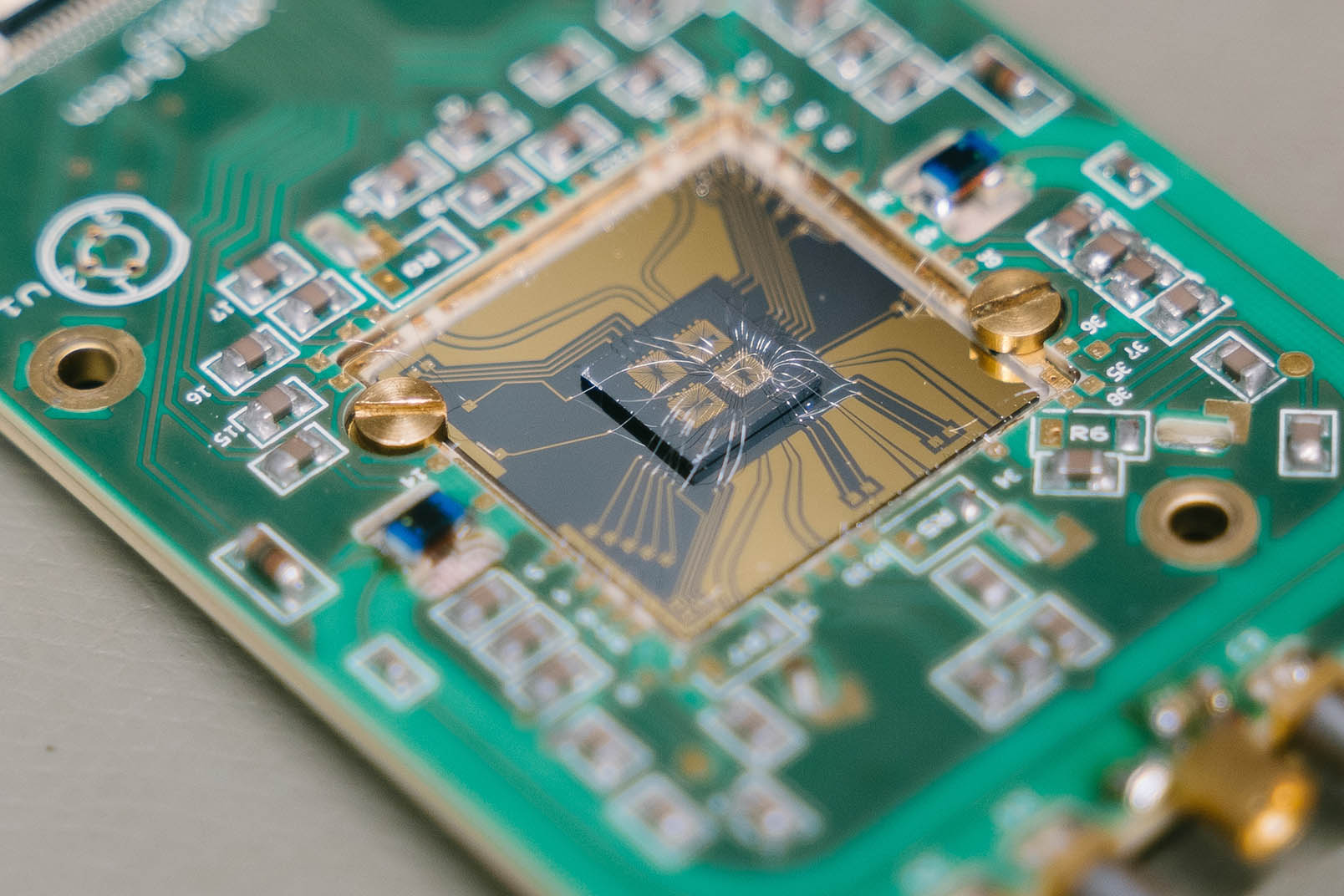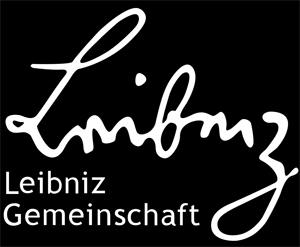In context of the recent call for proposals in the topic “quantum processors and technologies for quantum computers”, a national consortium has been formed including the Forschungszentrum Jülich (FZJ), Infineon Dresden, the Universities Aachen, Regensburg and Konstanz, Institutes of the Fraunhofer Society and Leibniz Association as well as the startup HQS Quantum Simulations. The consortium coordinated by Prof. Hendrik Bluhm (FZJ) has conceived the joint project QUASAR – “Quantum processor with shuttling-based, scalable architecture” that is now funded by the BMBF with over 7.5 MEur. The goal of the QUASAR project is the practical implementation of a scalable quantum processor architecture that overcomes geometrical restrictions and thus allows to coherently couple multiple quantum bits (Qubits). The IKZ will take on the advanced characterization of the nano-structure of silicon-germanium heterostructures that are hosting the qubits.
In contrast to conventional computers, quantum computers store not only the values 0 or 1 in their individual bits. Instead both values are stored at the same time with a certain probability. This superposition of binary states provides that logical operations on a variable that is defined by a series of qubits take place for all possible input values simultaneously. Since the theoretical description of the quantum computer concept, it could be shown that they handle certain problems much more efficiently than conventional computers and the corresponding quantum algorithms have been developed. Famous examples of application are cryptography, modeling of chemical substances, machine learning or search algorithms.
Today, already many different concepts of realizing a quantum computer exist, for instance based on superconducting circuits, ion traps, optical traps, quantum dots or nuclear spins. However, it is not clear which approaches will lead to practically useful quantum computers. When it comes to scaling up the number of interconnected qubits within the architecture, a very promising approach is based on electron-spin qubits silicon quantum dots. These are in the focus of the QUASAR project and have the advantage to be potentially operable at temperatures up to 1 K and that their fabrication might be built upon the established processes of semiconductor industry. An industry compatible implementation, however, still needs to be demonstrated. Based on this, the perspective is to develop a demonstrator with 25 interconnected qubits and to establish Cloud-access within the computing infrastructure of the FZJ.
The silicon spin-qubits are based on epitaxially strained 10 nm thick silicon layers between two silicon-germanium (SiGe) stressor layers. The growth of these heterostructures is already a topic at IKZ since the start of the Leibniz project “SiGeQuant”. Individual Electrons can then be confined and controlled in a so called “quantum dot” that is defined by the silicon layer and an arrangement of electrodes on top of the stack. A remaining challenge is the growth of a homogeneous quantum well stack (see Fig.) with sharp interfaces, leading to a well-defined strain state without any defects in the qubit device. This results in a well-defined electronic potential and is required for both a high fidelity of the qubit and a high uniformity between the qubits that are connected within the architecture.
It is our goal at IKZ within QUASAR to achieve a knowledge of material defects, their origin and their impact on the qubit parameters. For this purpose will combine advanced characterization techniques of electron and X-ray diffraction microscopy. The IKZ subproject will be led by Carsten Richter (junior group “synchrotron radiation methods”) in close collaboration with Martin Albrecht (Group “electron microscopy”) and the Leibniz-Institut für innovative Mikroelektronik (IHP) Frankfurt/Oder which is coordinating the development of the material basis for the silicon spin-qubits.
Further information:
Carsten Richter
Section Experimental Characterization
![[Translate to English:] [Translate to English:]](/fileadmin/_processed_/5/4/csm_2021_02_Collage_QUASAR_e33a24520f.jpg)


